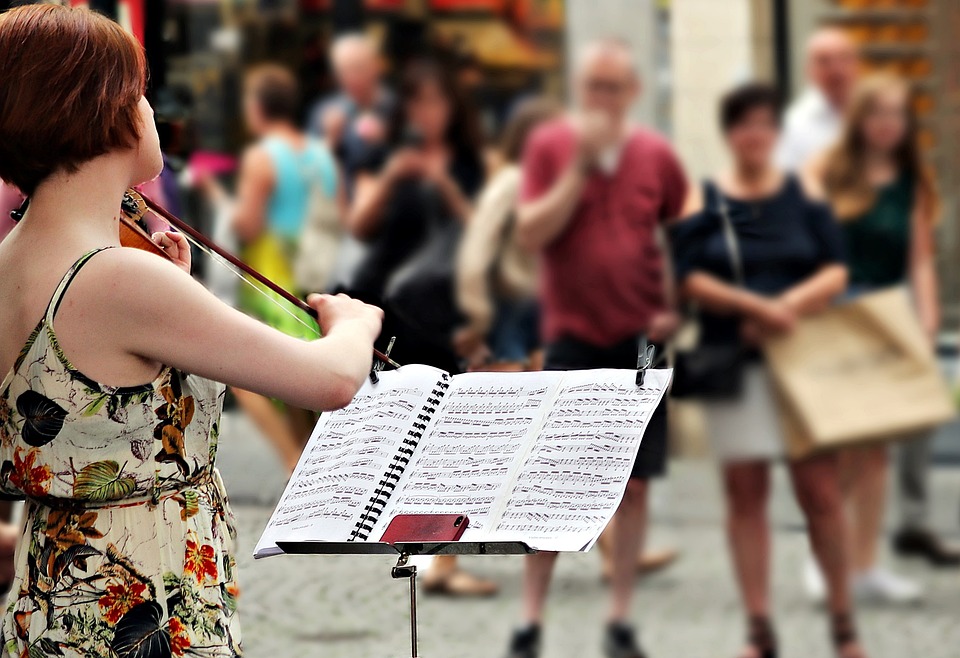Interpreting Virtuosity: The Art of Expressive Playing in Classical Music
Classical music has always been synonymous with a high level of technical skill and virtuosity. From the intricate passages of Mozart to the pyrotechnics of Liszt, the ability to perform difficult music with precision and flair has been a hallmark of great classical musicians throughout history. But virtuosity is not just about technical proficiency; it is also about expressive playing – imbuing the music with emotion, creativity, and personal interpretation.
The Role of the Performer
In classical music, the role of the performer is to bring the composer’s intentions to life through their playing. This involves more than just playing the notes on the page; it requires a deep understanding of the music, an appreciation for its historical context, and a willingness to take risks in order to express the unique qualities of each piece.
One of the key elements of expressive playing is dynamics – the varying levels of volume and intensity that can imbue a performance with emotion and drama. By carefully controlling dynamics, a performer can bring out the contrasts and nuances in the music, creating a vibrant and compelling listening experience.
Another important aspect of expressive playing is phrasing – the shaping of musical lines to give them a sense of direction and purpose. Phrasing involves careful attention to detail, such as breath control, articulation, and timing, all of which can influence the overall mood and character of a piece.
The Importance of Interpretation
Interpretation is the process of making artistic decisions about how to perform a piece of music. It involves balancing respect for the composer’s intentions with the performer’s own creative instincts, resulting in a unique and personal approach to the music.
One of the challenges of interpretation is finding the balance between faithfulness to the score and creative expression. While it is important to play the notes as written, great performers go beyond mere technical accuracy to bring out the emotional and expressive qualities of the music.
Interpretation also involves understanding the historical and cultural context of the music. By studying the composer’s life and times, performers can gain insights into the motivations and influences behind the music, helping them to make more informed decisions about how to interpret the piece.
The Art of Virtuosity
Virtuosity in classical music is often associated with flashy displays of technical prowess, such as lightning-fast runs, intricate trills, and rapid arpeggios. While these technical feats can be impressive, true virtuosity goes beyond mere showmanship to encompass a more nuanced and expressive approach to playing.
One of the hallmarks of virtuosic playing is the ability to convey emotion and depth through sound. By using a wide range of tone colors, articulations, and dynamics, virtuoso performers can create a rich and expressive palette of musical effects, drawing the listener into the emotional world of the music.
Another important aspect of virtuosic playing is spontaneity and creativity. Great performers are not content to simply reproduce the notes on the page; they strive to bring a sense of freshness and vitality to their playing, infusing the music with their own personality and musical insights.
Conclusion
In conclusion, interpreting virtuosity in classical music is a complex and multifaceted art form that requires both technical skill and creative sensitivity. By mastering the fundamentals of expressive playing, performers can bring out the emotional and dramatic dimensions of the music, creating a powerful and compelling musical experience for both themselves and their audiences.
Whether through controlling dynamics, shaping phrasing, making interpretive decisions, or showcasing technical feats, virtuoso performers have the ability to transform the notes on the page into living, breathing works of art. By embracing the challenges and rewards of expressive playing, musicians can unlock the true potential of classical music and inspire listeners with their artistry and passion.


